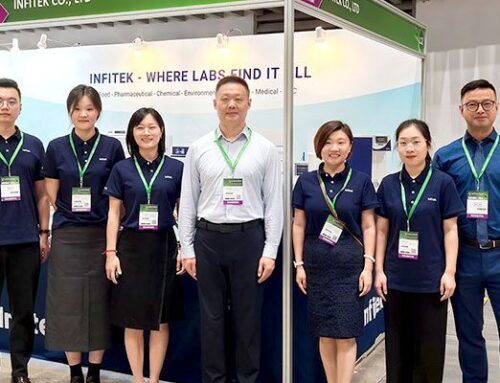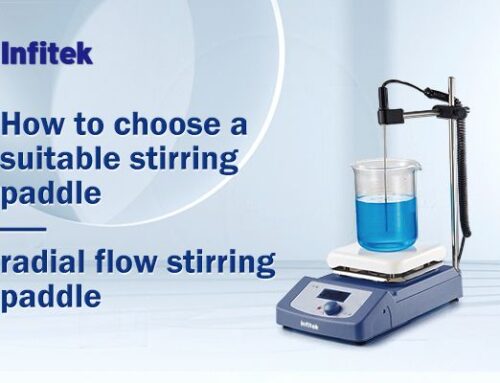1. Due to the large heat of the liquid nitrogen tank and the long heat equalization time when sub-filling liquid nitrogen, a small amount of liquid nitrogen medium can be pre-cooled (about 60L), and then slowly filled (so that it is not easy to form ice blockage) ).
2. In order to avoid the consumption of liquid nitrogen filling in the future, please refill liquid nitrogen when there is a small amount of liquid nitrogen left in the liquid nitrogen tank. Or fill with liquid nitrogen within 48 hours after using up liquid nitrogen.
3. In order to ensure the safety and reliability of the liquid nitrogen tank, the liquid nitrogen tank can only be filled with liquid nitrogen, liquid oxygen and liquid argon.
4. It is normal for water and frost to form outside the liquid nitrogen tank during infusion. When the booster valve of the liquid nitrogen tank is opened for boosting, since the booster coil is attached to the inner wall of the outer cylinder of the liquid nitrogen tank, the outer cylinder will be sucked when the liquid nitrogen tank passes through the coil. The heat is vaporized to achieve the goal of boosting, and there may be freckled frosting on the outer cylinder of the liquid nitrogen tank. After closing the booster valve of the liquid nitrogen tank, the frost point will gradually dissipate. When the booster valve of the liquid nitrogen tank is closed and no infusion work is performed, the surface of the liquid nitrogen tank has signs of water and frost, which indicates that the vacuum of the liquid nitrogen tank has been destroyed, and the liquid nitrogen tank cannot be continuously used. You should find a professional manufacturer of liquid nitrogen tanks for maintenance or disposal.
5. When transporting liquid nitrogen medium on the road of grade 3 or below, the speed of the car should not exceed 30km/h.
6. The vacuum nozzle on the liquid nitrogen tank, the seal of the quiet valve, and the lead seal cannot be damaged.
7. If the liquid nitrogen tank is not used for a long time, please squeeze and dry the liquid nitrogen medium inside the liquid nitrogen tank, and then close all the valves for storage.
8. Before the liquid nitrogen tank is filled with liquid nitrogen medium, the inner tank of the container, all valves and pipelines must be dried in a dry atmosphere before the liquid nitrogen medium can be filled, otherwise the pipeline will be frozen and blocked, which will affect the boost and the pressure. infusion.
9. The liquid nitrogen tank belongs to the instrumentation category. It should be handled with care when using it. When opening the valves of the liquid nitrogen tank, the force should be moderate and not too large, and the speed should not be too fast; especially the metal hose of the liquid nitrogen tank. When cooperating with the discussion at the inlet/outlet valve, it is not possible to over-tighten it with full force, and it is enough to tighten it in place with a slight force (the ball head structure is easy to seal), so as to avoid the liquid nitrogen tank being twisted diagonally or evenly. Unscrew it, and hold the liquid nitrogen tank with one hand when twisting.




Get Social